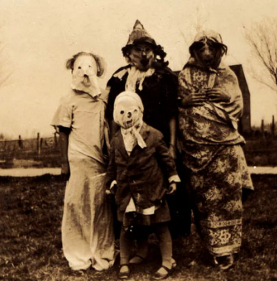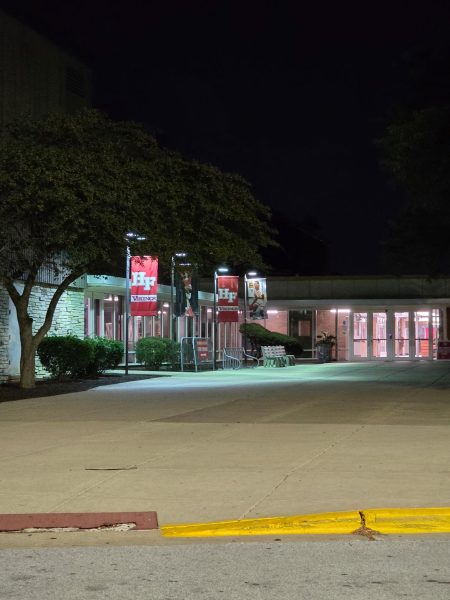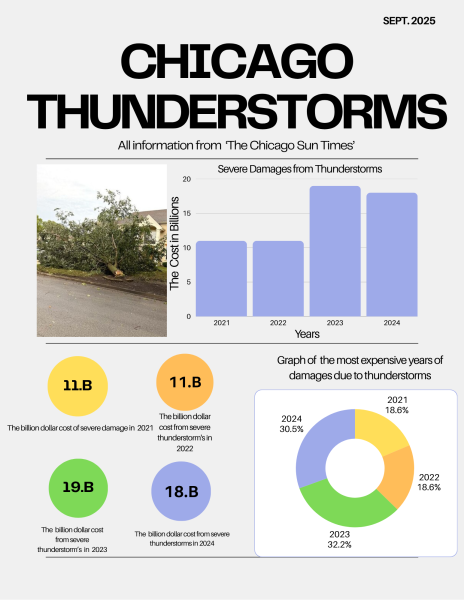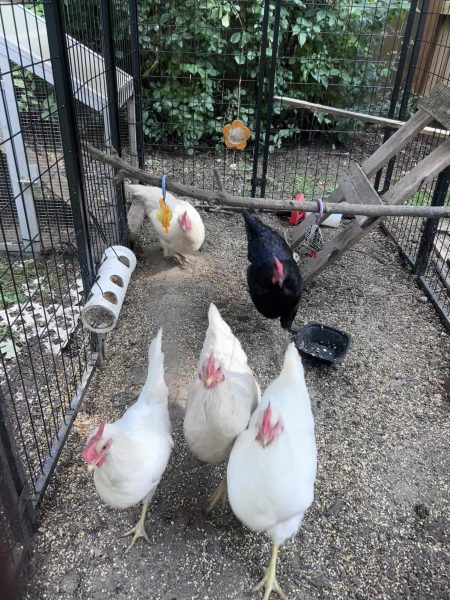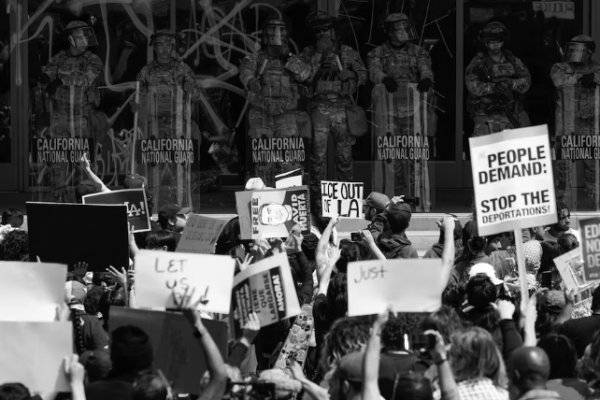What happened to just being black?
“Light-skinned girls are more beautiful because their [skin tone] is lighter,” junior Michael Hendrix said.
It is common for many different cultures to correlate lighter skin with a higher standard of beauty. The H-F community is no exception.
This phenomenon is called colorism, or prejudiced attitudes and discriminatory acts based on the shade of an individual’s skin tone, defined by Alice Walker’s in her 1982 essay, “In Search of Our Mother’s Gardens”.
“Honestly, I’d rather be light-skinned, than dark-skinned,” senior Destiny Gammon said.
After hearing this, one may ask, “Why?”.
Junior Aliaa Eldabli thinks that a races’ tendency to categorize themselves is a self-esteem issue.
“People don’t feel as if they can function or be themselves without placing each other within a group in society. Everything tends to have superiority and inferiority in life if you really think about it,” Eldabli said. “Colorism is an excuse for a sense of closure to those who aren’t sure of where they belong in society and use their skin for a basis of their reasoning.”
While colorism is often blamed on those who practice it, the real blame is deep rooted in American history. Eldabli explains how colorism traces as far back as slavery, when the lighter-skinned offspring of slave masters and slave women were given preferential treatment on plantations as ‘house slaves’, as opposed to ‘field slaves’.
“This forms the basis of the early black middle class in America. Because of this legacy, many black people today have internalized the favoritism presented by white people,” Eldabli said. “And so began intra-favoritism among black people, resulting in a perpetuation of ‘colorist’ antipathy.”
Danielle Banks, a social justice blogger, elaborates. “We live in a white supremacy nation,” she said.
“There is a sliding scale of ‘acceptable whiteness’ to ‘unacceptable blackness’… those in the middle, or closer to the white side, have a shot at being accepted by society and being considered more beautiful.”
Colorism can be applied to almost everyone, as it is a common practice within many cultures. This practice can have a strong, negative effect on those discriminated by it.
Although multi-racial, Eldabli may not be seen as so, due to her skintone.
“My mom is African-American (dark complexion) and my dad is Egyptian (olive-white complexion),” Eldabli said. “It may seem like racism but trust me, once you hear the story, you may be able to differentiate colorism from racism.”
While on vacation in Egypt, her father’s homeland, Eldabli found herself at the painful hands of colorism.
While riding around in a rough neighborhood, Eldabli and her family heard some native men voicing their disgust regarding Eldabli’s darker skin tone. This resulted in the men spitting on her and her mother.
“Mind you, my father was wet-free,” Eldabli said after describing the horrific event.
While situations may not be as extreme, there is still a presence of colorism at H-F.
The Voyager team asked the student body for their preference on skin tone, regarding attractiveness.
While 58 percent of survey takers claimed they had no preference for skin tone, 68 percent of those who chose between light-skinned and dark-skinned persons found light-skinned persons as more attractive.
“Why should I [have a preference]? We are all African-Americans and black people. It’s like saying, if I have preference with green or red apples, well they’re both apples,” junior Lamone Stansbury said.
The Voyager survey points to a favoritism towards light-skinned persons. With this comes a large amount of stereotypes characterizing both dark-skinned girls and light-skinned girls.
Because of colorism, negative labels are applied to those with darker skin complexions.
“Some think that we are loud, irresponsible, unkempt, ghetto or unintelligent,” senior Lillian Ebom said, referring to dark-skinned girls.
The separation continues with more stereotypes in response to the characterization of dark-skinned girls.
“I’d rather go for dark-skinned girls than light-skinned,” an anonymous source said. “Light-skinned girls think they’re better than everyone.”
Because society places light-skinned girls at the top of the African-American hierarchy, the notion that light-skinned girls are cocky, unforgiving, and full-of-themselves is commonly thought of.
Junior Jasmine Charlley speaks on these stereotypes present at H-F. “I dislike how I am pre-judged and thought of as something I’m not,” she said. “People think, ‘Oh, she’s lightskinned? She’s already stuck up and she thinks she’s everything.’”
Eldabli believes that this is where the definition of colorism comes into play. Also, the fact that this word exists is a misconception within itself seeing as how in the definition by Walker, it’s discrimination based on the shade of one’s skin. Not the color.
Because of the tremendous separation within the African-American community, accomplishments made by African-Americans as a whole, is often lost-sight of.
“We have come too far to be prejudiced against one another. This dark-skinned, light-skinned nonsense is stupid,” junior Camryn Hutchinson said.
While many face hardships presented by colorism at H-F, not all students let it emotionally affect them.
“I am absolutely not threatened by light-skinned girls,” sophomore Leah London said. “Why should I be? I am proud of who I am.”

